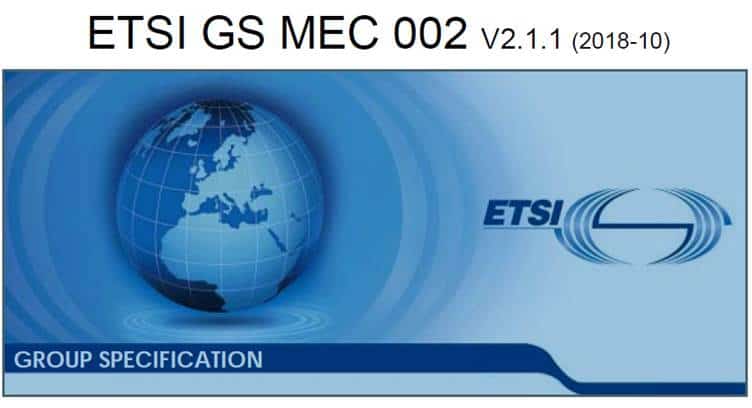The ETSI Multi-access Edge Computing group (MEC) announces the release of its first set of Phase 2 specifications which now allows any access technology and take into account integration with network functions virtualization (NFV).
The Phase 2 specifications, ETSI GS MEC 002 now includes new requirements for Phase 2, ETSI GS MEC 003 dealing with architecture and framework, and ETSI GS MEC 009 giving general principles for service APIs.
The specification ETSI GS MEC 002 defines the requirements for Multi-access Edge Computing with the aim of promoting interoperability and deployments. It focuses on NFV alignment since multi-access edge computing uses a virtualization platform for running applications at the mobile network edge. The specification also describes example use cases and their technical benefits, for the purpose of deriving requirements.
The ETSI GS MEC 003 addresses the implementation of MEC applications as software-only entities that run on top of a virtualization infrastructure, which is located in or close to the network edge. A key new aspect of the Phase 2 version of this specification is the addition of MEC-in-NFV reference architecture, which defined how MEC-compliant edge deployments can be part of an overall NFV cloud architecture.
Additionally, this release package includes ETSI GR MEC 022, a report on MEC support for vehicle to infrastructure and vehicle to vehicle use cases. The report covers four use case groups that are commonly known to the V2X communities namely "safety", "convenience", "advanced driving assistance" and "vulnerable road user". Phase 2 also includes ETSI GS MEC 026, a specification supporting regulatory requirements in Multi-access Edge Computing.
Alex Geznik, MEC, ISG Chair
With this Release, the group continues to strengthen the leadership role that ETSI has played in edge computing since day one. I am proud of the quality of the work this team keeps delivering, making sure that the MEC marketplace evolves to an efficient, interoperable and open environment.




















